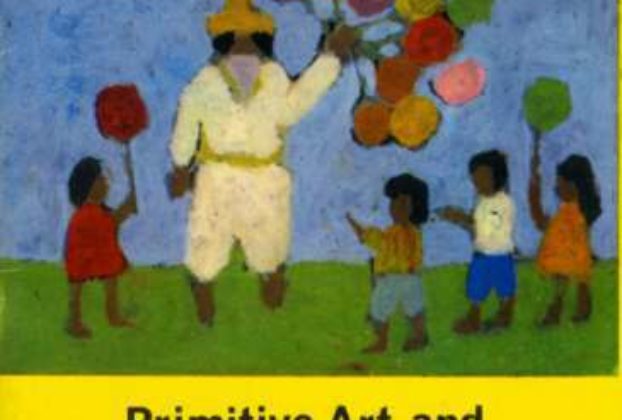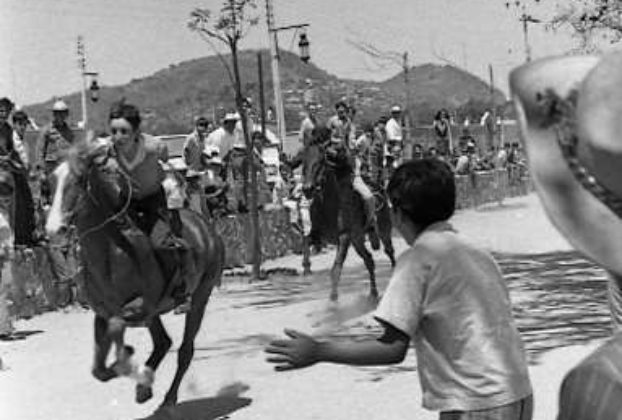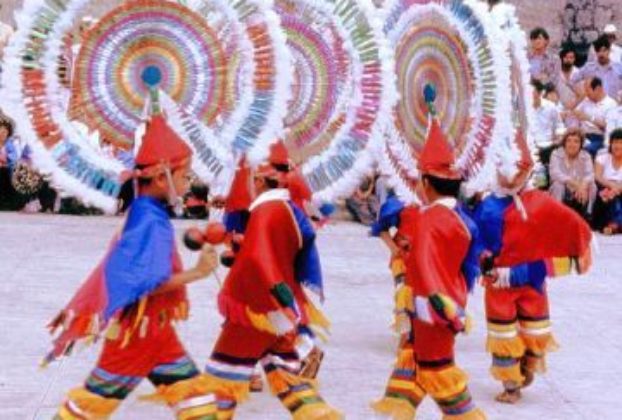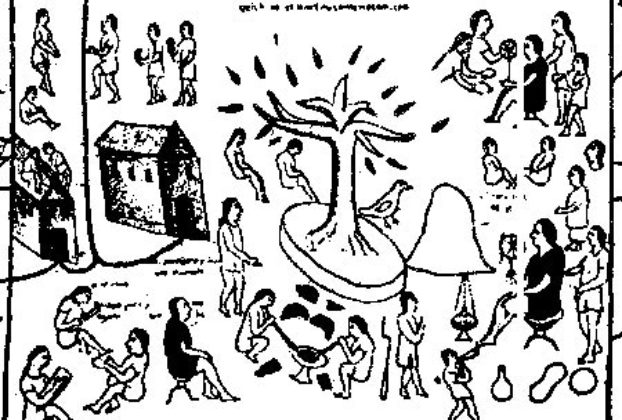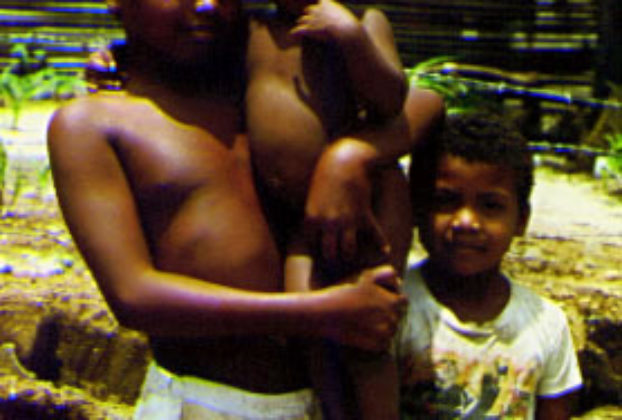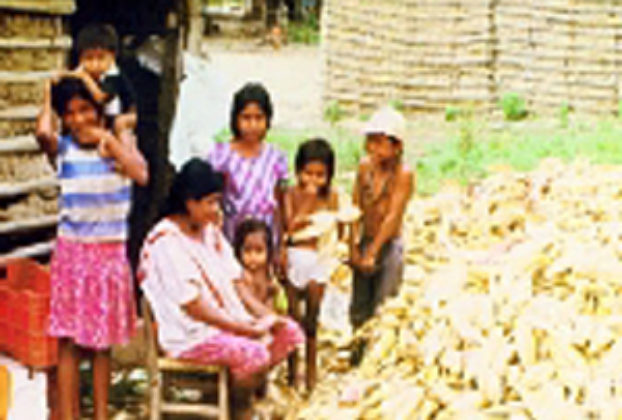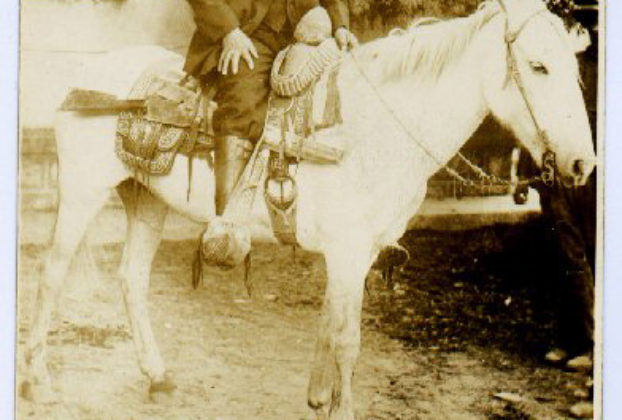The Lake Chapala artistic and literary scene in the 1960s and early 1970s
The area’s reputation was considerably enhanced in the 1930s, ’40s and’ 50s by a long string of visiting writers and artists, many of whom settled permanently in the string of villages along the northern shore of the lake. This brief alphabetical listing of some of the stalwarts of the Lake Chapala art and literary scene […]
Continue Reading
